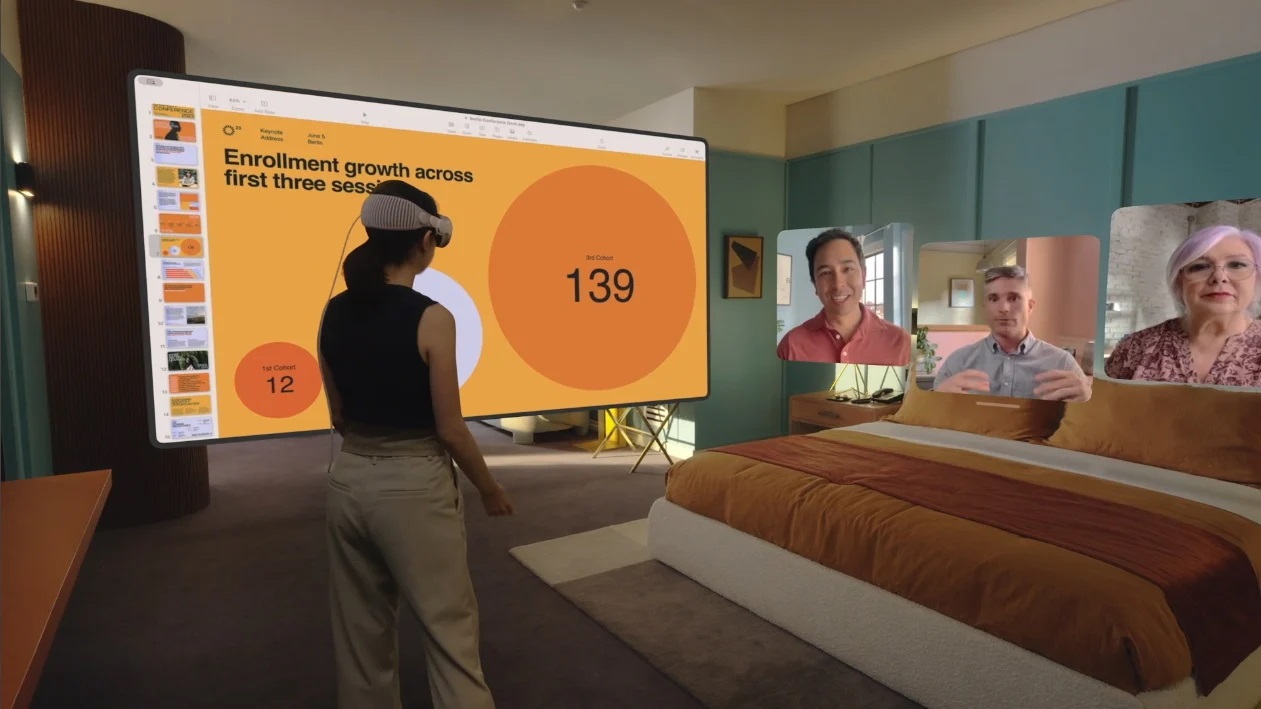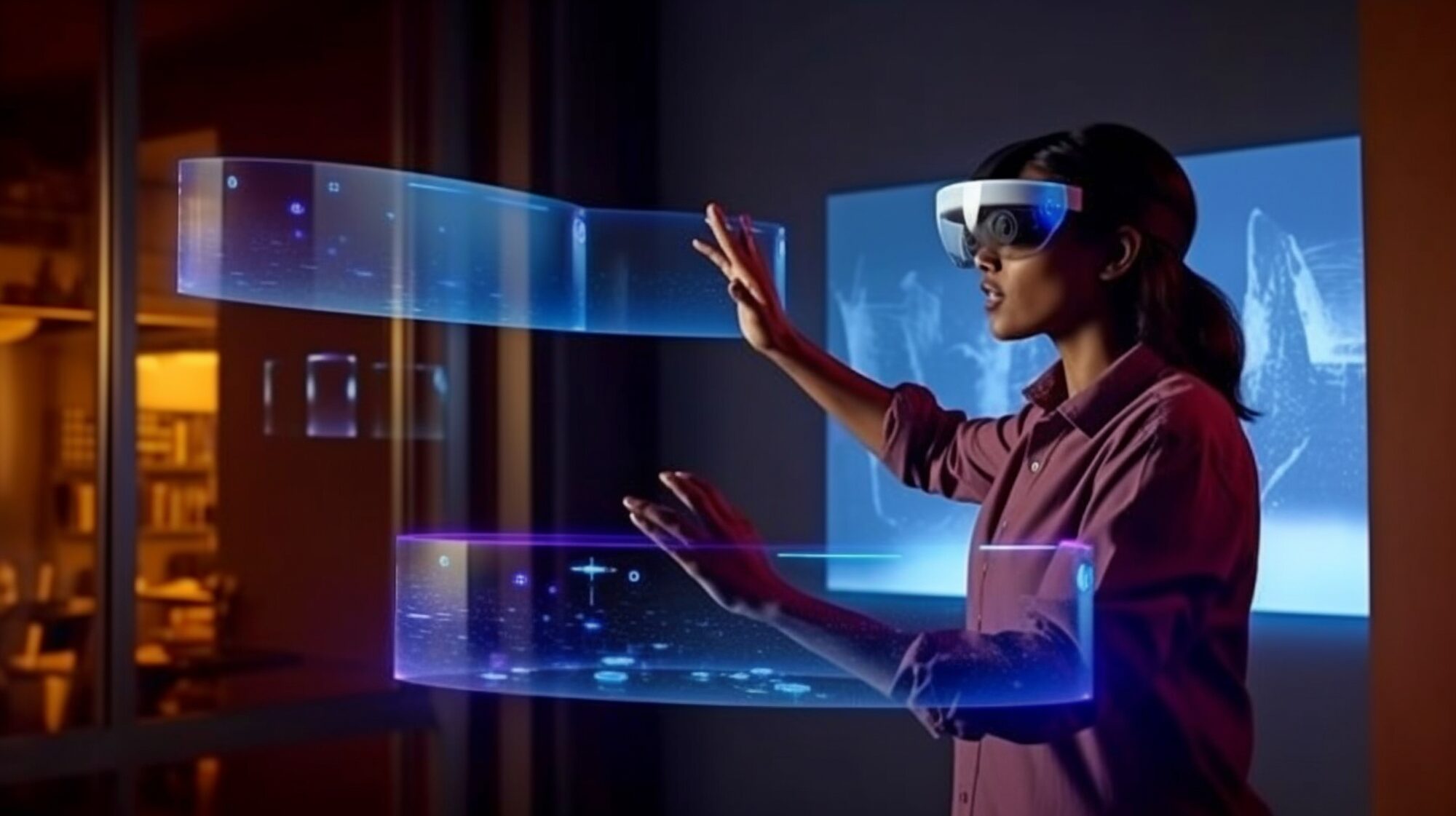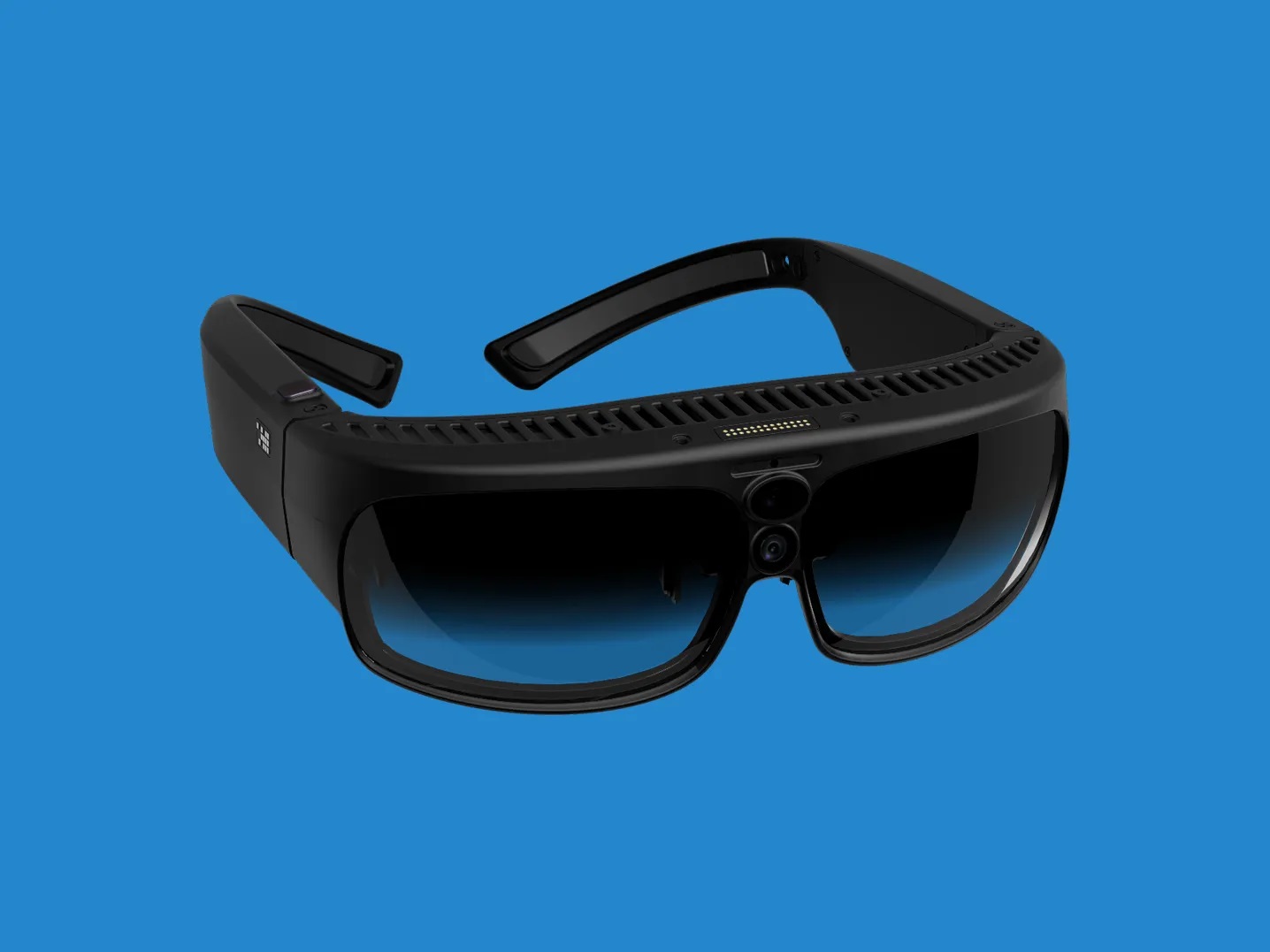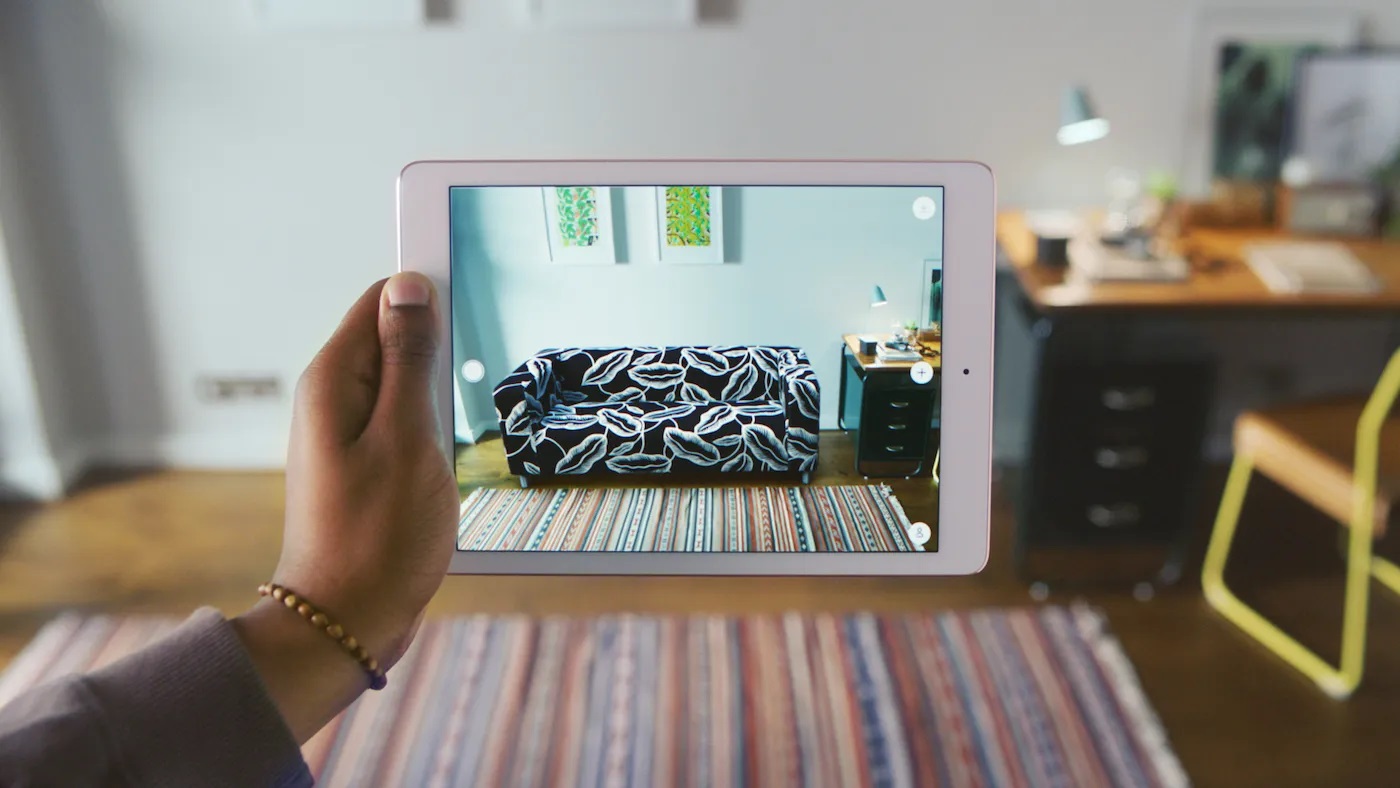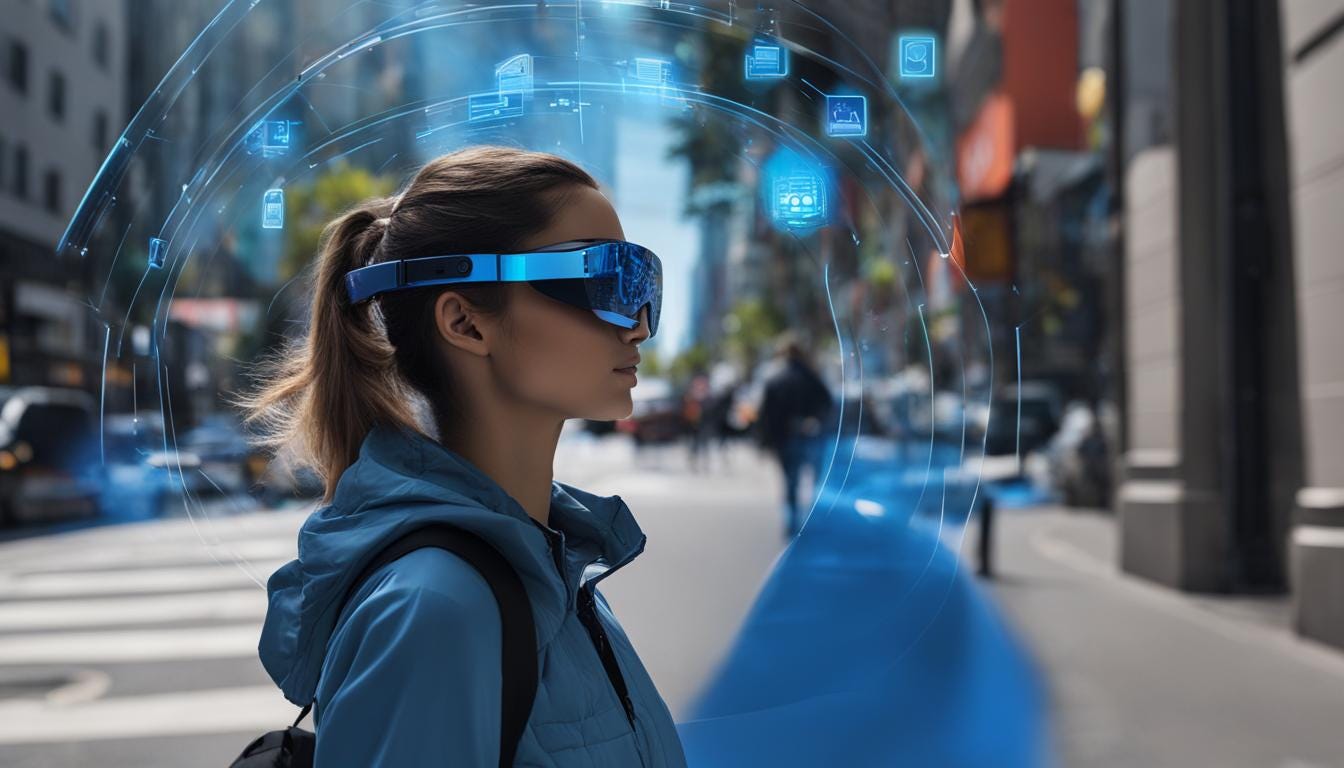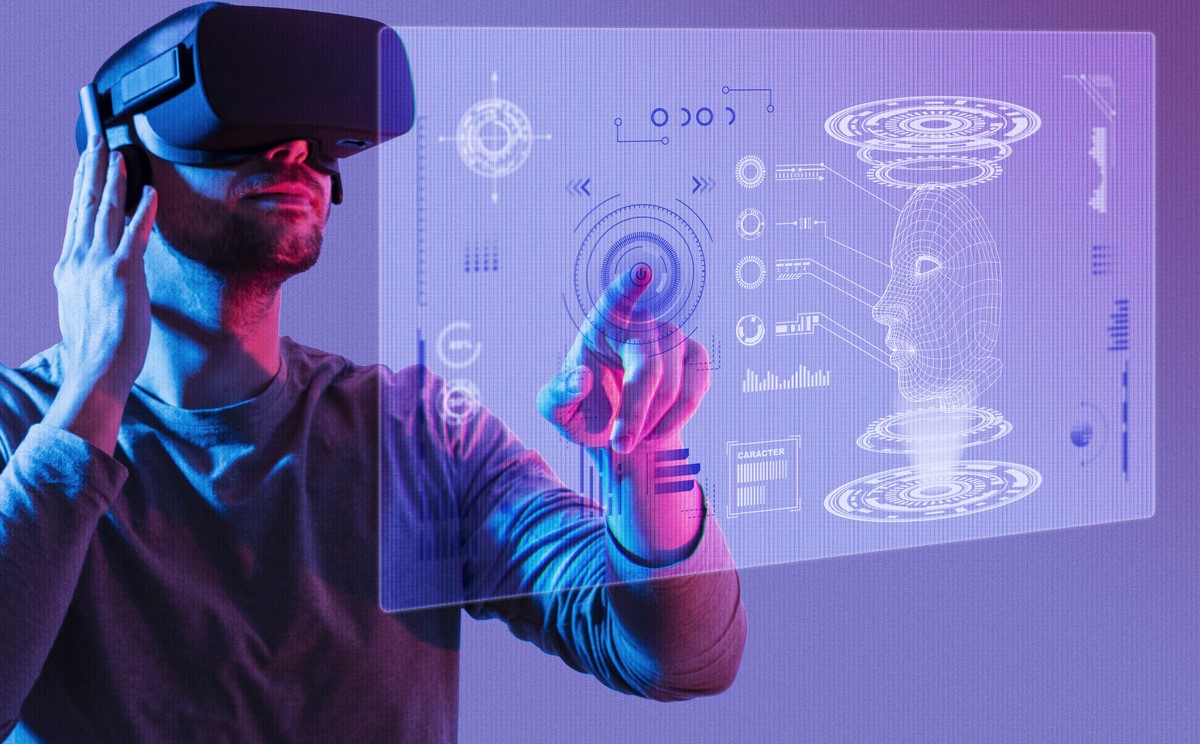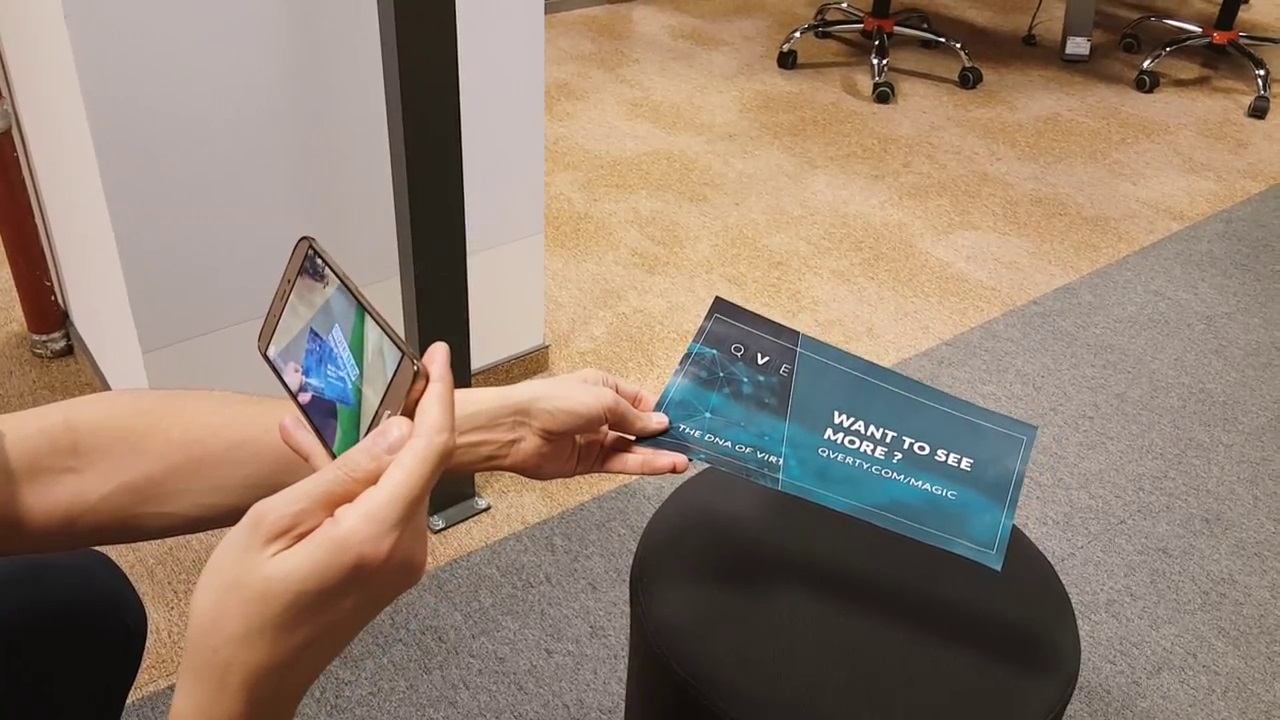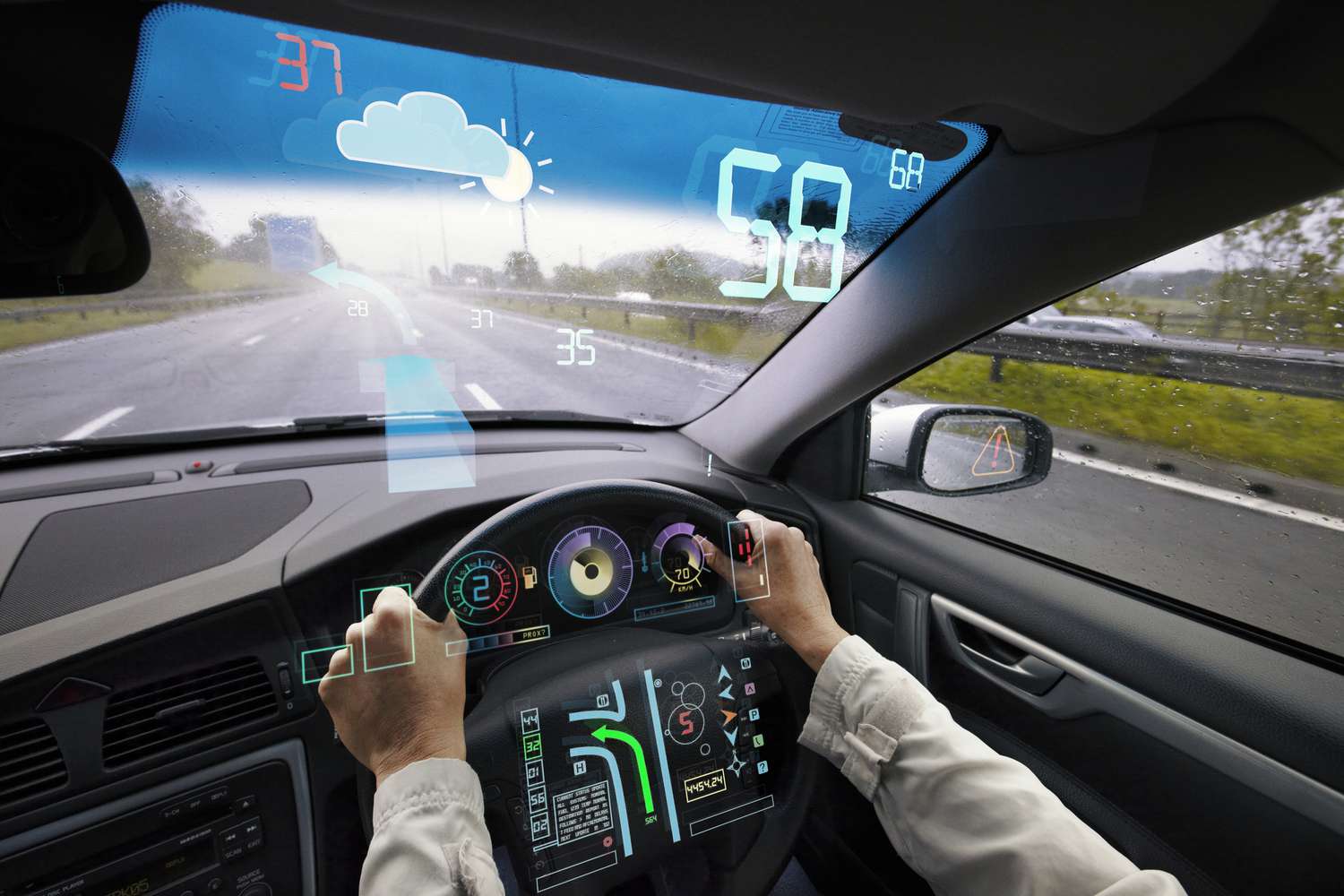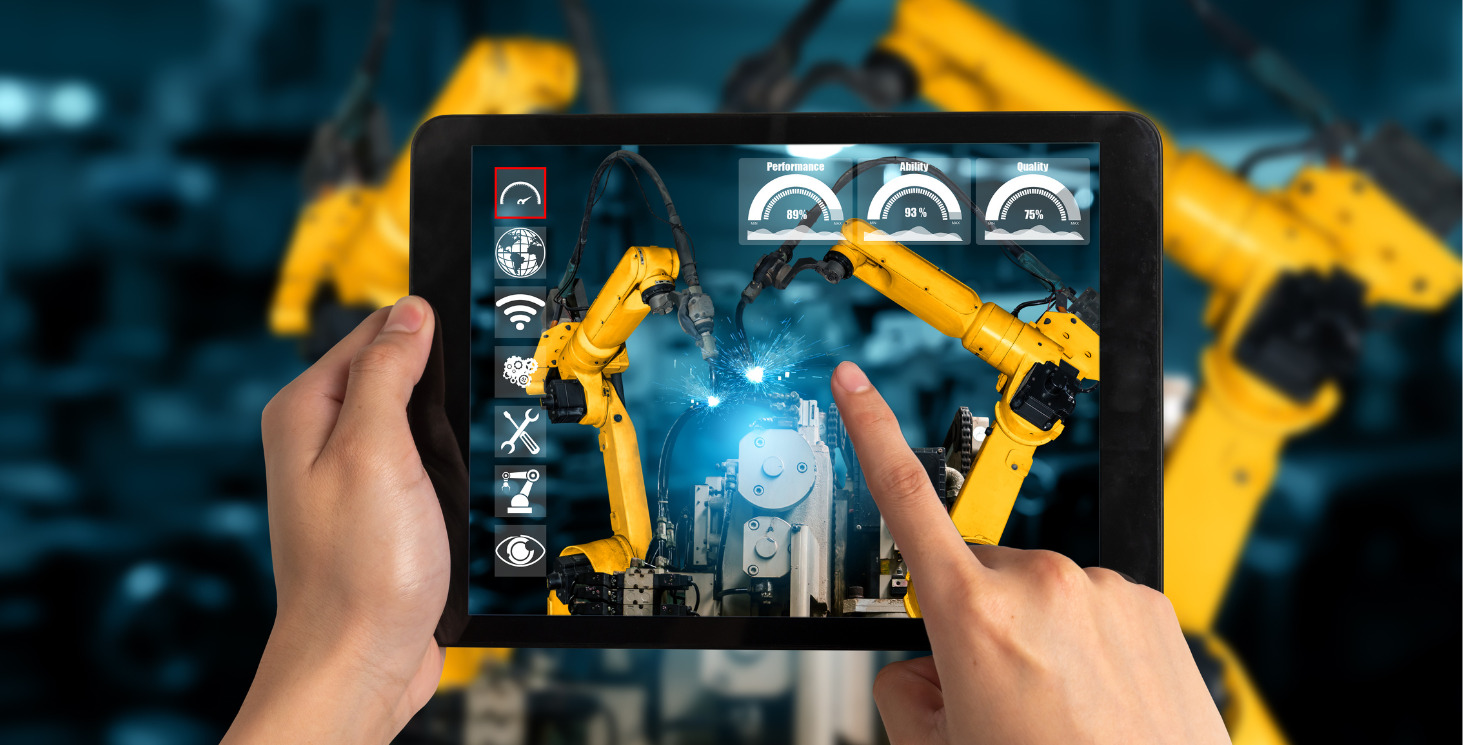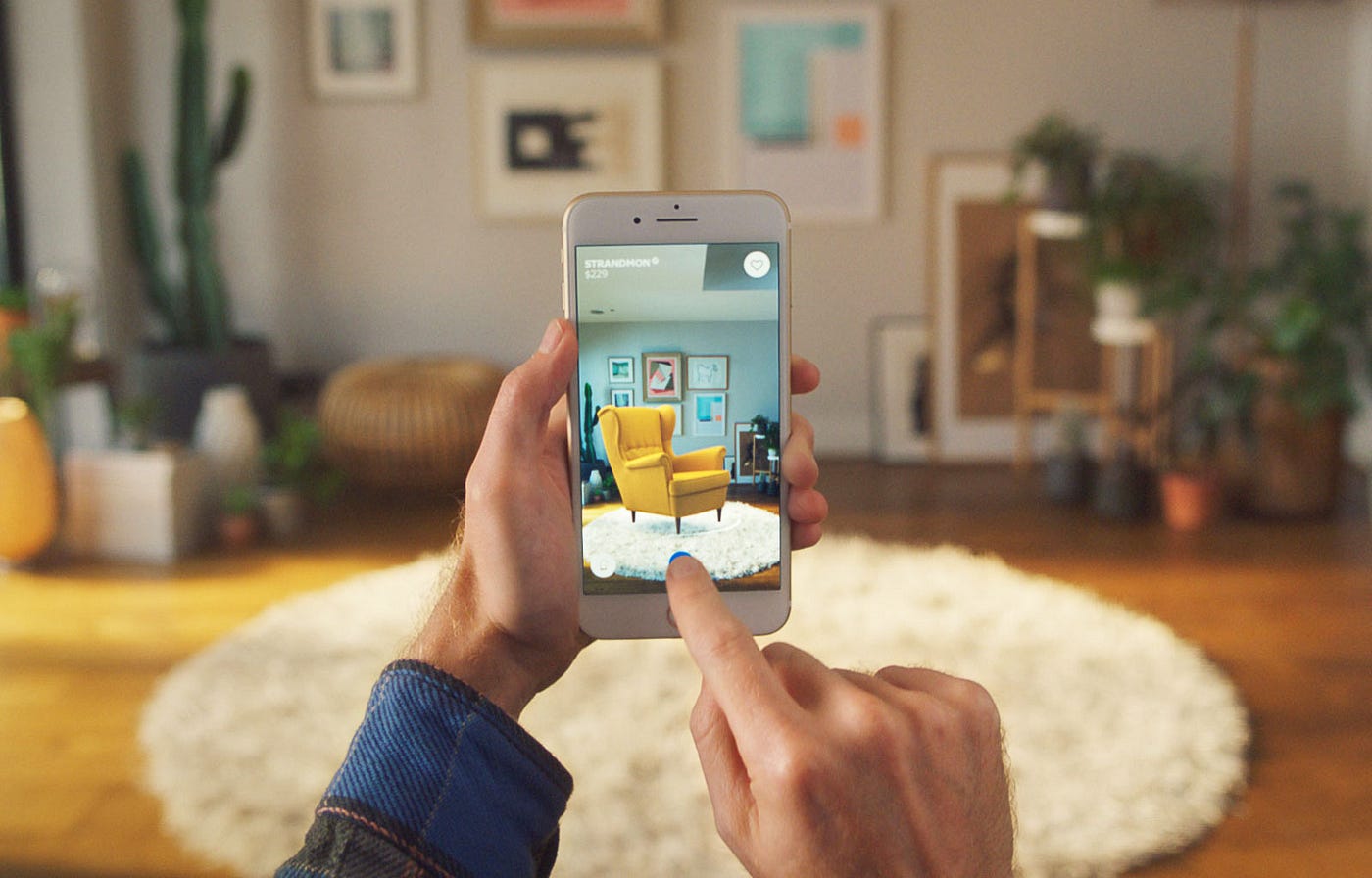Home>Featured>Amazon AR: Enhancing the Shopping Experience with Augmented Reality
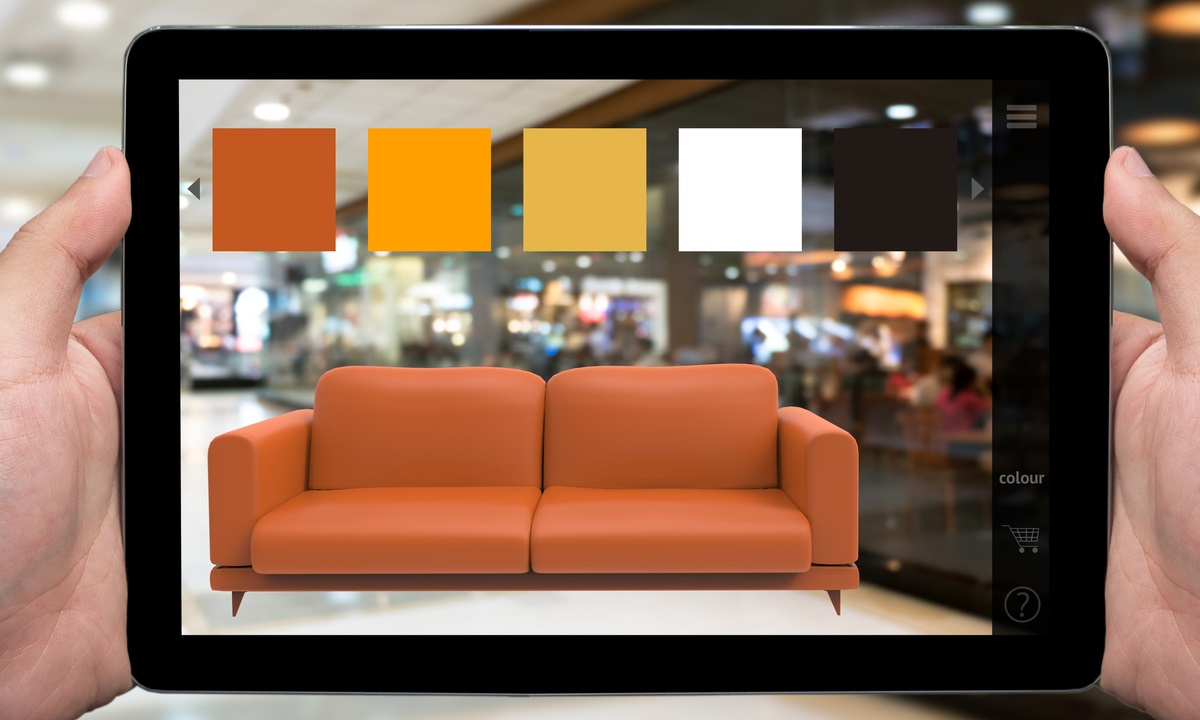

Featured
Amazon AR: Enhancing the Shopping Experience with Augmented Reality
Modified: September 5, 2024
Discover how Amazon is leveraging augmented reality to revolutionize the shopping experience. Explore the latest technology trends in AR and its impact on e-commerce.
(Many of the links in this article redirect to a specific reviewed product. Your purchase of these products through affiliate links helps to generate commission for Techsplurge.com, at no extra cost. Learn more)
Table of Contents
The Early Days of Amazon AR
Amazon's journey with augmented reality began several years ago, initially experimenting with interactive product visualization. One of the earliest examples was the launch of AR for TVs in 2015. This innovation allowed customers to see how different TVs would look in their living rooms before making a purchase. This early foray into AR set the stage for more sophisticated applications in the future.
The Evolution of AR on Amazon
In 2017, Amazon released AR View, a significant step up from the earlier shoppable stickers. AR View provided a more immersive experience, allowing customers to preview products in their own space. This feature laid the groundwork for more advanced AR applications.
Room Decorator
Shortly after AR View, Amazon introduced the Room Decorator. This tool enabled buyers to coordinate the décor of an entire room using furniture, wall art, ornaments, and other furnishings rendered at scale. The results could be saved, shared, and most importantly, purchased on Amazon.
Virtual Try-On Eyewear and Shoes
By 2022, Amazon's AR capabilities continued to evolve. The Virtual Try-On Eyewear and Shoes tool allowed shoppers to see how some shades and shoes would look on them before buying. This feature enabled customers to move their heads and feet around to check an item from every angle, swap colors in real time, or share their virtual try-on experience with friends.
The Benefits of Amazon AR
The integration of AR into Amazon's platform has brought numerous benefits to both customers and sellers. Here are some of the key advantages:
Read more: AR Technology: Enhancing the Future
Enhanced Customer Engagement
AR technology enhances the shopping experience by providing an immersive and interactive way for customers to engage with products. Unlike traditional 2D images, AR allows customers to view products from multiple angles, giving them a more realistic appearance. This level of interactivity can significantly increase customer engagement, as it provides a more tangible view of the product before making a purchase.
Reduced Product Returns
One of the significant challenges in online shopping is the high rate of product returns. AR technology helps mitigate this issue by allowing customers to visualize products in their own space. For instance, if a seller lists a lamp, AR can enable customers to virtually place the lamp on their desk or bedside table, giving them a better understanding of its size and design. This level of interaction can reduce product returns by ensuring that customers are more informed about the product before making a purchase.
Increased Conversion Rates
The use of AR in product listings has been shown to significantly improve conversion rates. Amazon observed a 2X improvement in purchase conversion on average when customers click on AR Virtual Try-On or View in 3D buttons for enabled product listings. This indicates that AR not only enhances the shopping experience but also influences buying decisions positively.
Competitive Edge
In a crowded e-commerce market, differentiating oneself is crucial. Amazon's AR capabilities provide a competitive edge by offering an innovative and engaging shopping experience. As more sellers recognize the benefits of AR, such as reduced product returns and improved customer satisfaction, they will be more inclined to integrate it into their listings. This trend is expected to continue, with Amazon at the forefront of leveraging AR to enhance the online shopping experience.
How Amazon AR Works
To understand how Amazon AR works, let's break down the process step-by-step:
- Product Listing: Sellers list their products on Amazon, including detailed descriptions and high-quality images.
- AR Integration: Sellers can add 3D content to their listings, which allows customers to view products from multiple angles and interact with them in a more immersive way.
- Customer Interaction: Customers use the Amazon app to select a product and tap the “Virtual Try-On” or “View in 3D” button. They can then point their camera at their feet or a surface to see how the product would look in real life.
- Interactive Features: Customers can move their feet or head to check the product from different angles, swap colors in real time, and share their virtual try-on experience with friends.
The Future of Amazon AR
As technology continues to advance, it is clear that AR will play an increasingly significant role in shaping the future of retail. Here are some predictions for the future of Amazon AR:
Standard Feature for Most Listings
With more sellers recognizing the benefits of AR, it is expected that AR will become a standard feature for most product listings on Amazon. This will not only enhance the shopping experience but also provide a competitive edge in the market.
Robust Support for Sellers
Amazon is likely to continue providing more robust support and resources for sellers to ease the process of AR integration. This could include training programs, tools, and guidelines to help sellers effectively utilize AR in their listings.
Read more: What Are AR Apps
Expansion to More Brands and Styles
Amazon Fashion has already launched Virtual Try-On for Shoes, which allows customers to visualize thousands of styles from various brands. It is expected that this feature will expand to more brands and styles, providing a wider range of options for customers.
Integration with Social Commerce
The social commerce industry is expected to grow significantly over the next few years, with global sales projected to skyrocket from $492 billion in 2021 to $1.2 trillion in 2025. Amazon's AR capabilities can be seamlessly integrated into social media platforms, targeting a wide range of demographics and enhancing the social commerce experience.
Amazon's foray into AR has revolutionized the way customers shop online. By providing an immersive and interactive experience, AR technology has enhanced customer engagement, reduced product returns, and increased conversion rates. As technology continues to advance, it is clear that AR will play an increasingly significant role in shaping the future of retail. With Amazon at the forefront of leveraging AR, other retailers are sure to follow suit in order to remain competitive in an ever-changing retail landscape.

